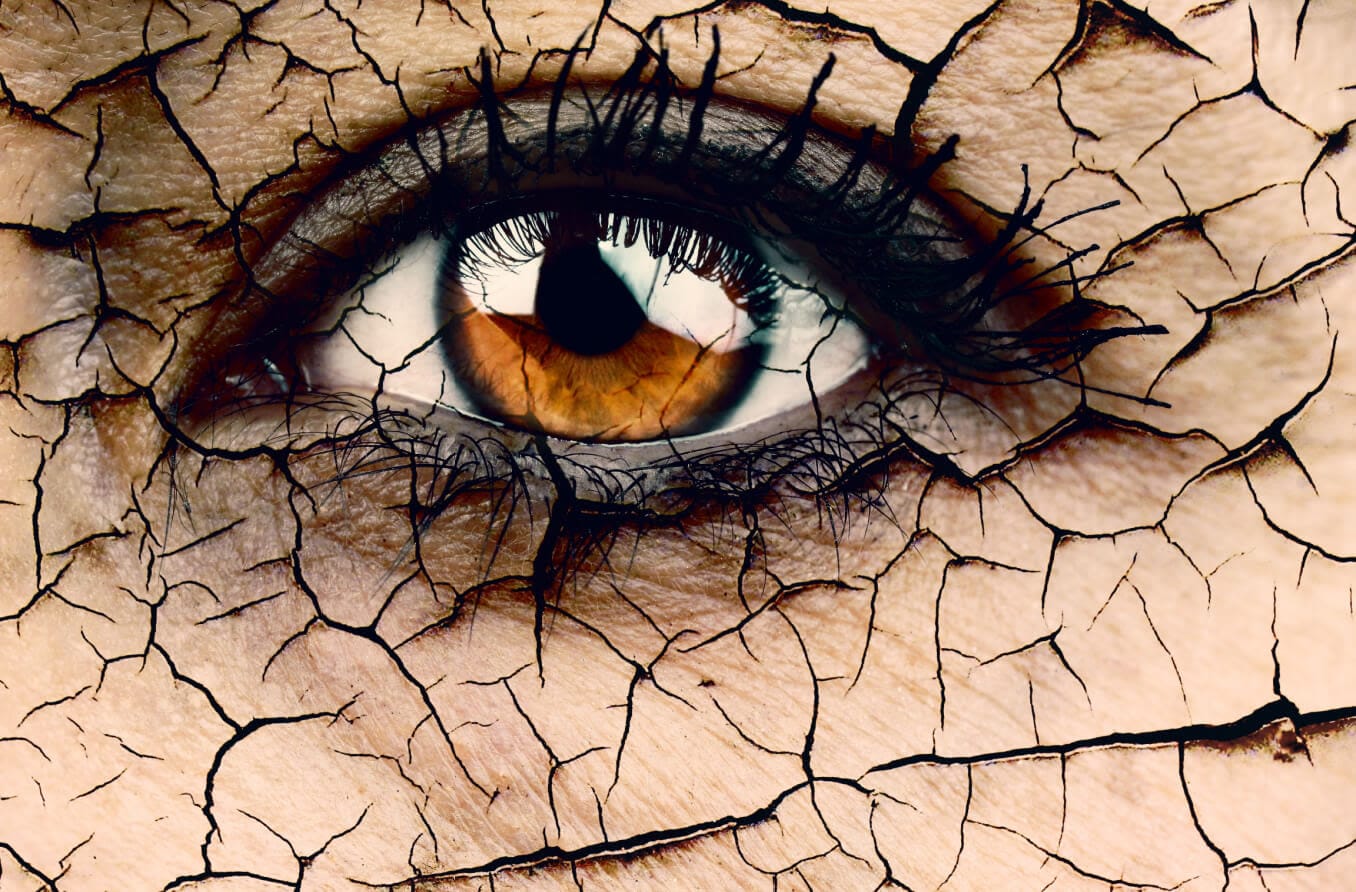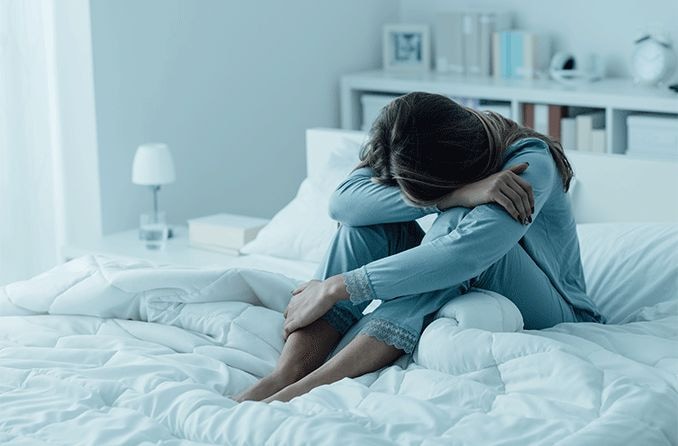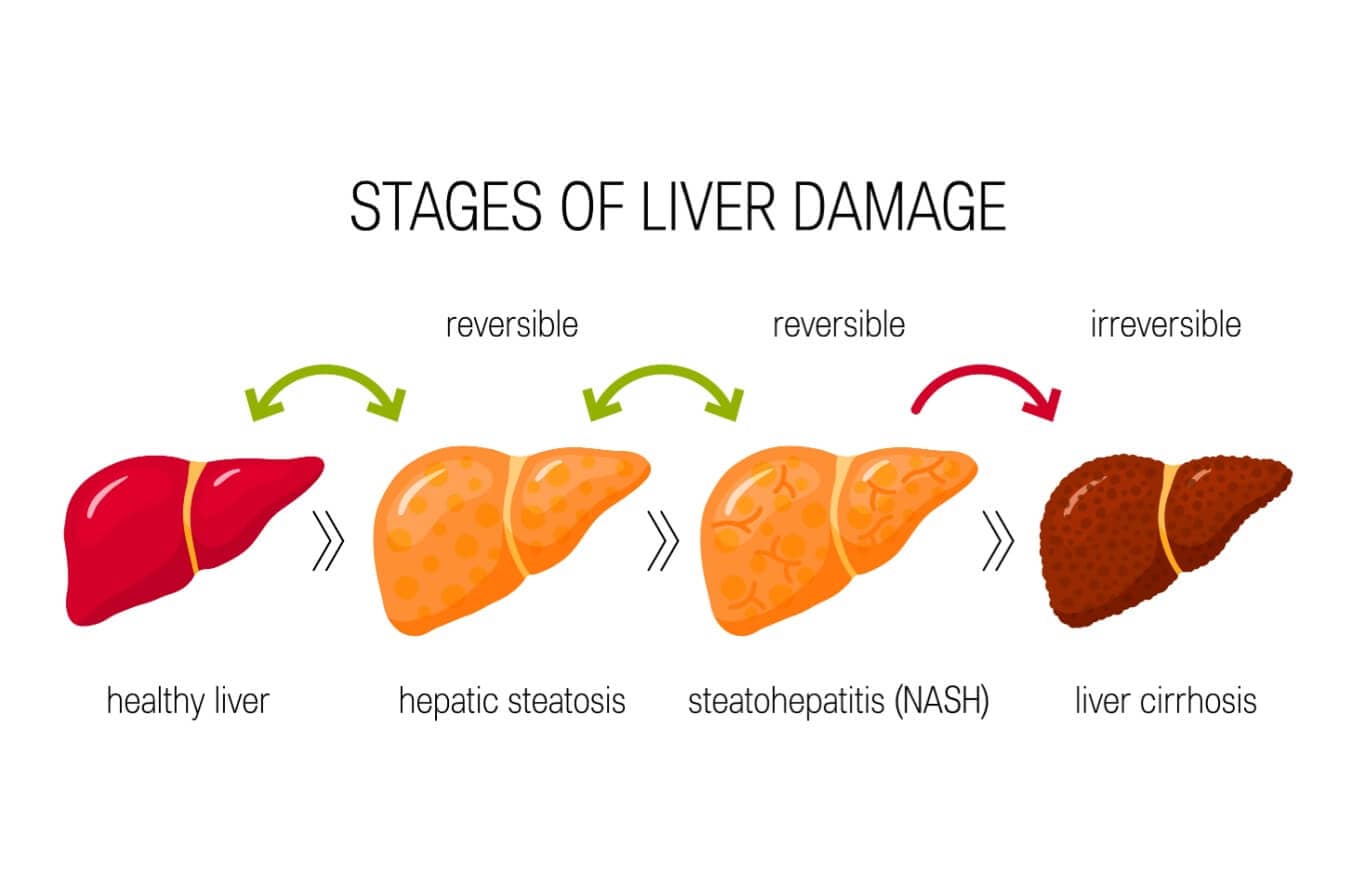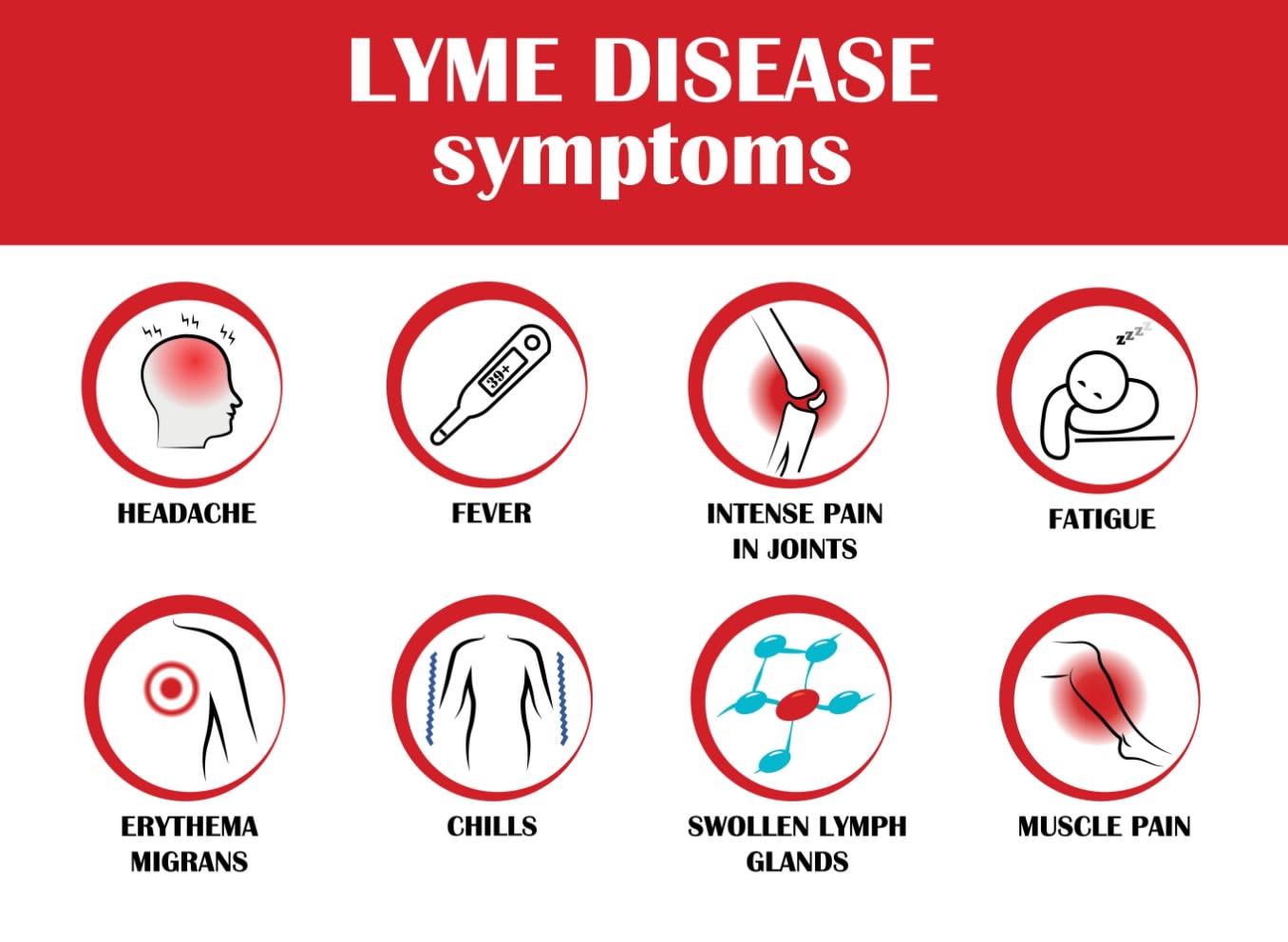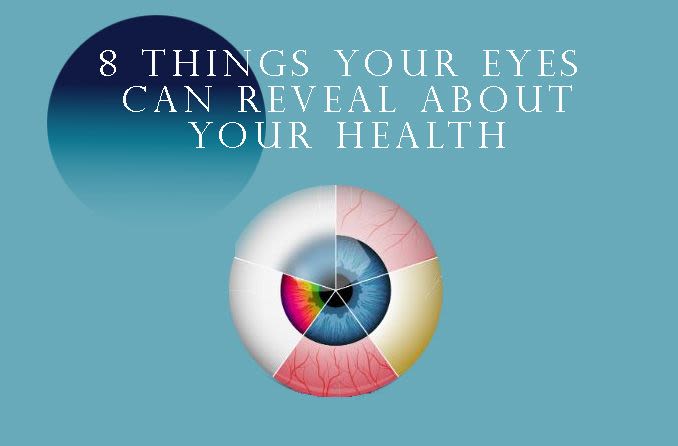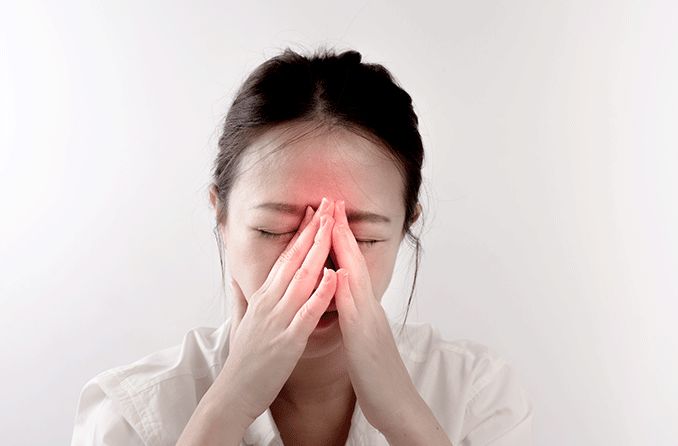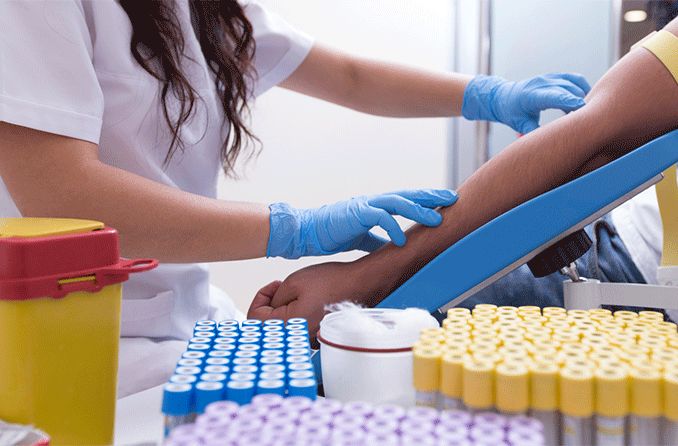Can dehydration affect vision?
Dehydration affects the eye and the tissue around it in different ways. It can cause dark circles and the appearance of sunken eyes. Dehydration can also cause dry, red and irritated eyes as well as blurred and double vision. Dehydration can also be a sign of systemic diseases that damage the eye.
What is dehydration?
Dehydration occurs when more water leaves the body than enters. Water enters your body through what you eat and drink. The skin can also absorb a small amount of water from the environment.
Water leaves the body through:
Sweat
Urine
Bowel movements
Evaporation from the surface
Most of the body is covered with skin containing keratin and glycolipids — an excellent barrier to evaporation. However, those areas of the body that are not covered by skin, such as the mucous membranes and the eyes, are much more sensitive to drying out.
How does dehydration affect the body?
The body is made up of an average of 55% to 60% water. However, some organs, such as the eyes, contain much more water. For example, the cornea — the front surface of the eye — is about 80% water. And the inside of the eye is filled with two fluids — the vitreous humor (99% water) and the aqueous humor (100% water).
Water provides the body with many functions, including:
Lubrication (for example joints, the surface of the eye and the inside of the mouth)
Transport of oxygen
Digestion of food
Excretion of waste
Temperature regulation
Protection from injury
Chronic dehydration has been shown to reduce life expectancy in mice. In humans, dehydration increases the risk of:
Dementia
Cardiovascular disease
Kidney and lung disease
Diabetes mellitus
How does dehydration affect the eyes?
The eye is a unique organ in many ways. The skin around the eye is extra thin and more sensitive to dehydration. The surface of the eye is carefully lubricated with fluid every time we blink, which is about 20,000 times a day.
The eye is made up of two focusing lenses — the cornea and crystalline lens — and both need to stay at the exact right hydration level to avoid becoming cloudy. The inside of the eye also has its own fluid circulation (the aqueous humor) that keeps the eye at the right pressure and provides antioxidants to the front of the eye.
Deep inside the eye, there is a clear gel called the vitreous humor. Fragmentation of the vitreous humor causes floaters. The very back of the eye also contains the retina and the optic nerve. Both are central to eyesight and — like the brain — are critically dependent on a healthy flow of blood which can be affected by dehydration.
SEE RELATED: Blinking: Frequency and why we do it
Can dehydration cause dark circles around the eyes?
Dark circles around the eyes can be caused by
Iron deposits (hemosiderin) that have leaked from blood vessels
Superficial blood vessels under the skin
Skin pigmentation – also called periorbital hyperpigmentation
Prominent bones of the orbit
Well-hydrated skin masks the darker structures underneath and softens the contour of the orbit. Dehydration can cause “sunken eyes” by making the underlying dark structures and the contour of the orbital bones more visible. This causes dark circles to become more prominent.
READ MORE: Dark circles under the eyes: Causes and how to get rid of them
How does dehydration cause dry eyes?
On the eye, tears lubricate the surface and wash away dust, allergens and infections. Most of the tears are made by the lacrimal gland, which sits underneath the orbital bone above the eye. When we blink, the eyelid pushes the tears toward the nose, where two small openings — the puncta — transport the tears into the back of the nose.
When we have too few tears, the eyelid rubs on the cornea causing a gritty feeling as if there is an eyelash stuck in the eye. Allergens, dust and bacteria build up around the puncta causing this part to itch or feel dry. Dehydration can also lead to red eyes due to the irritation caused by dryness.
One test for dry eyes that measures the salt concentration (osmolarity) of tears was shown to be elevated in people suffering from dehydration. This indicates that adequate hydration and drinking water can prevent dry eye.
Does dehydration cause floaters?
The vitreous humor is 98% water and has been shown to shrink due to dehydration. However, it is not clear whether dehydration causes us to see more floaters.
Can dehydration cause double vision?
When dehydration causes dry eyes, this can produce irregularity of the cornea, an unstable tear film and increased tearing of the eye. This can result in double vision (diplopia) in each eye individually.
If the vision of each eye by itself is normal and the diplopia only appears when both eyes are used together, there may be a neurological problem, and you should immediately seek care with an eye care provider or at an emergency room.
Can dehydration cause blurred vision?
One 2015 study showed that even small amounts of dehydration can cause fatigue and a loss of focus. This makes it hard to do tasks that require attention, such as reading and computer use.
When dehydration causes dry eyes, this can cause blurred vision due to an irregular tear film or, in more severe cases, small scratches on the cornea called punctate epithelial erosions.
The cornea can also change shape when exposed to severe dry conditions, causing an increase in nearsightedness.
Does dehydration affect more serious eye diseases?
The cornea and crystalline lens need to stay within a narrow range of hydration to transmit light and stay transparent. Too little water can cause these structures to become cloudy. Extreme dehydration, as is the case in patients with severe diarrhea, was shown to cause cataracts. Interestingly, too much water intake — called hyperhydration — can also cause cataracts.
The amount of water you drink may also affect the optic nerve and the pressure inside your eyes. Drinking a large amount of water in a short period of time can make the intraocular pressure(IOP) go up for about one hour.
It takes longer for IOP to go back to normal again in people with glaucoma. Researchers and glaucoma specialists developed a “water drinking test” that measures IOP after drinking 64 ounces of water to identify people at risk for glaucoma.
Some glaucoma medications called carbonic anhydrase inhibitors (CAIs) are designed to rid the body of water. CAIs are also used to treat a swelling condition of the optic nerve called idiopathic intracranial hypertension (IIHTN). People taking CAIs for glaucoma or IIHTN need to be aware that this medication can cause dehydration and to drink enough fluids.
How can I stay hydrated?
A 2015 to 2018 study done by the Centers for Disease Control showed that adults in the United States drank an average of only 44 ounces of fluids per day. A healthy daily fluid intake is more than double this amount — around 92 ounces for women and 124 ounces for men.
To convert this into portions we all understand — a cup of water is about eight ounces, and a glass of water often doubles this amount. While drinking pure water is the best way to stay hydrated, other fluids such as tea, coffee and fruit juices, as well as foods such as vegetables, fruits and soup all count toward one’s total fluid intake.
To really target eye health, products have been developed such as Dry Eye Drink, which contains antioxidants, anti-inflammatory and antibacterial ingredients, as well as an electrolyte hydration formula that claims to reduce eye inflammation and benefit the tear film.
Tips on making sure you stay well hydrated include:
Divide your weight (in pounds) in two to find the target number of ounces you should drink every day.
Drink first thing in the morning and before each meal.
Make drinking water more appealing by choosing a healthy form that is not plain water, such as tea or water with lemon or other calorie-free flavors.
Listen to your body – don’t ignore a dry mouth or just being thirsty.
Observe the color of your urine – dark urine is often a sign of dehydration.
Use alarms and apps on your phone to prompt regular fluid intake.
It is important to be aware that excessive water intake of more than 64 ounces per hour can cause the sodium in our bloodstream to disappear (hyponatremia). This can also lead to serious health problems such as stroke and cardiac arrest.
Common reasons you drink too little
Research has shown that the reasons you may drink too little are:
Not knowing the benefits of adequate hydration
Not remembering to drink
Not liking the taste of water
Not wanting or being able to go to the bathroom so often
What does it mean when you constantly feel dehydrated?
A constant feeling of dehydration can be an important warning sign of several health conditions that affect the eye.
Diabetes mellitus. One of the first signs of diabetes is constant thirst along with being hungry and needing to urinate. Diabetes is the number one cause of blindness in working-age adults in the United States.
Sjogren’s syndrome. This auto-immune condition causes dry eyes and a dry mouth. It can damage other parts of the body as well, including the largest artery of the body — the aorta. People with Sjogren’s syndrome often have other auto-immune conditions such as rheumatoid arthritis and systemic lupus erythematosus which can also affect the eye.
Addison’s disease. This disorder of the adrenal glands can cause dehydration and stroke of the optic nerve.
When should I see a doctor?
If you’ve been diagnosed with a disease or taking a medication that can cause dehydration, it is important to have regular comprehensive eye exams to monitor for any eye complications. If you are dehydrated and it affects your vision see an eye care professional immediately.
Adequate hydration is an essential part of protecting your long-term eye health. There are simple things we can do to stay hydrated and avoid eye complications.
